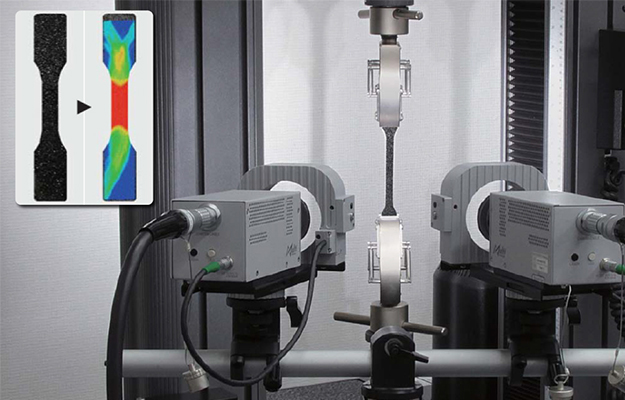Materials Testing

MATERIAL TESTING
Organizations and consumers place their trust in various materials every day. Throughout every major industry, engineers need to be assured that the materials used in manufacturing their products or equipment are up to their intended task. Therefore, they must actively and diligently verify that the manufacturing processes will perform to expectations. Materials testing is a highly precise technique that measures the characteristics of materials, such as mechanical properties, elemental composition, corrosion resistance and the effects of heat treatments. Most testing is performed on metallic materials, composites, ceramics and polymers.
High-speed imaging is applied to materials testing in order to measure the physical and mechanical properties of different materials or components. Typical testing methods include: Tensile Testing, Drop Testing, Compression, Deformation, Crush Resistance, Delamination and many more. Photron high-speed cameras have been designed to meet the requirements of specialized analysis techniques employed in materials testing including Digital Image Correlation.
